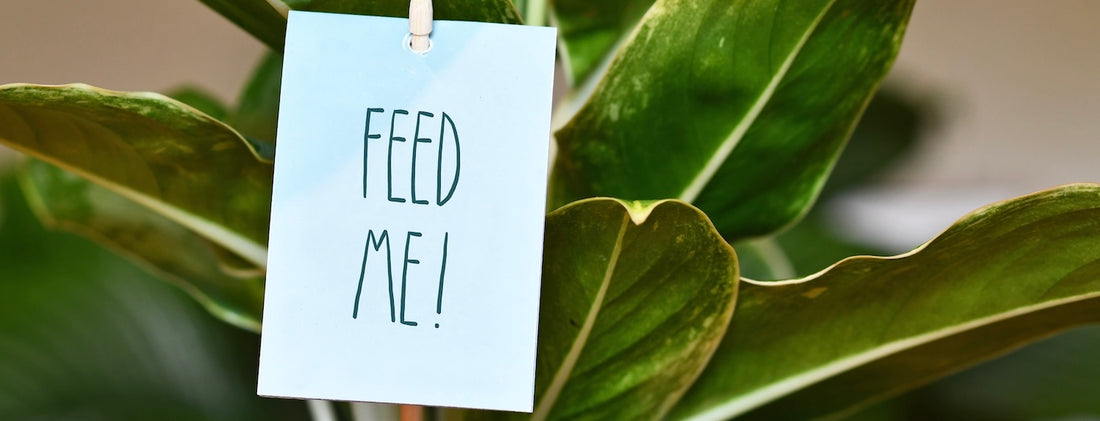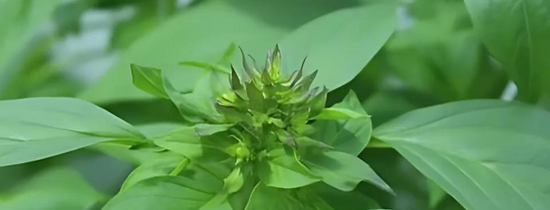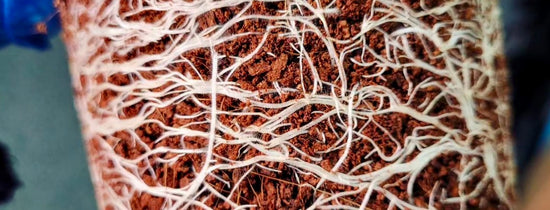The most commonly asked question: How much do I feed my plants?
A great question, you need to feed your plants relative to their growth and needs.
Feeding charts do not disclose this information, only the dose is given.
Let’s first look at the different phases of life a typical plant goes through:
- Seedling
- Juvenile plant
- Vegetating Plant (sexually mature)
- Early flowering/translocation
- Flowering
- Maturation
1. Seedling - EC 0.1-0.3
Seedlings require the ideal environmental conditions to germinate, most seedlings can thrive using just water, the seed itself contains enough trace elements and amino acids to sustain itself through the germination phase.
2. Juvenile plant - EC 0.5-0.8
Juvenile plants are plants that are technically not sexually mature, size obviously varies until maturity, ideally the plant will be approx. 15cm upwards. Feeding juvenile plants is quite easy as their requirements are much lower. At this point most gardeners would consider this to be week 1 of feeding.
3. Vegetating Plant (sexually mature) - EC 0.8-1.2
Upon sexual maturity, plants show their respective sexes, undesirable traits and genders are removed. This is the best time to take cuttings as you now know the sex. Feeding requirements at this stage should be in full swing and nearing the maximum dose suggested.
4. Early flowering/translocation - EC 0.8-1.2
Early flowering, is a process whereby all of the accumulated energy from photosynthesis is now converted into sugars, minimal food is required at this stage. Check the guide for suggestions regarding dosage, we recommend approx. 50% less of suggested dosage until day 10-14 then resume feeding at your preferred strength.
5. Flowering - EC 1.2-1.9
Flowering will require greater amounts of food with more of a focus for phosphorus and potassium, most nutrient brands offer a supplemental PK if the base nutrient is lacking in those elements, the dosage goes alongside base nutrients for a greater amount of PK available to the plant.
6. Maturation
Maturation is when the plants focus is on finishing, which means if food is present the plant is going to take much longer to mature. By removing the excess food being held in the pot/rootzone, we need to flush adequately. If the gardener uses an EC meter, you want to keep flushing until the reading is at least 0.3, closer to normal tap water (0.08) being ideal.
The plant will translocate any excess nutrients to where needed, during this process leaf senescence takes place which encourages the emergence of carotenoids and anthocyanins, basically chlorophyll degrades and displays a range of colours reminiscent of autumn, so yellows, organs, reds, blues and purples can be witnessed.
This is not a guide on how to harvest your plants, this is a feeding guide.







